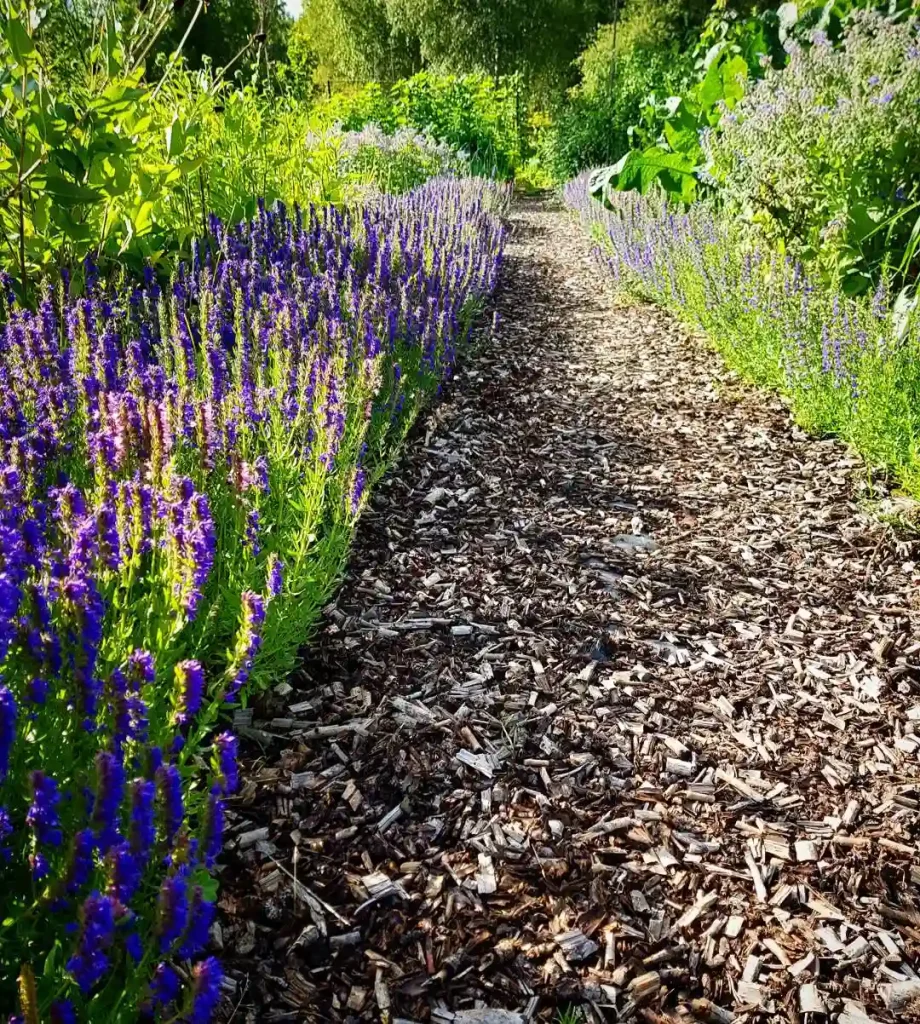November 19 – Victoria
"Victoria, the regal bloom, defines November 19."
Victoria symbolizes grace and accomplishment. You carry yourself with dignity and inspire those around you. Like the queen it represents, your presence commands respect and admiration.
The Majesty of Victoria: A Personal Reflection
The first time I encountered a Victoria water lily, I was utterly captivated. It wasn’t just the sheer size of the leaves, though their impressive diameter is certainly something to behold. It was the entire spectacle: the perfectly round shape, the vibrant green punctuated by the formidable rim, the intricate network of veins on the underside, and the delicate beauty of the flower. It felt like I was looking at a living work of art, a testament to the power and artistry of nature.
Since that initial encounter, I’ve been fascinated by these aquatic giants. The genus Victoria, belonging to the Nymphaeaceae family, encompasses a small but extraordinary group of water lilies renowned for their enormous circular leaves, which can reach up to 3 meters in diameter. These leaves are not just large; they’re incredibly strong, capable of supporting the weight of a small child thanks to their robust rib structure. And the flower? A magnificent bloom that emerges from the depths, transforming from a pristine white to a delicate pink over its short lifespan.
A Closer Look at the Species
The genus Victoria comprises 3 primary species:
- Victoria amazonica: Known as the Amazon water lily, Victoria amazonica has captivated botanists and enthusiasts with its immense, circular leaves that can reach up to 10 feet in diameter. Native to the Amazon basin, this species is admired for its nighttime blooms that open white and transform to pink by the second day, releasing a strong, fruity fragrance to attract beetle pollinators. The plant’s remarkable size and floating habit, supported by buoyant ribs beneath the leaves, make it one of the most iconic and largest water lilies in the world. Plant FAQs: Amazon Water Lily – Victoria Amazonica
- Victoria cruziana: Often called the Santa Cruz water lily, Victoria cruziana is native to the slower-moving waterways of Paraguay and Argentina. This species is slightly smaller than V. amazonica, with leaves usually spanning up to 6 feet. It also displays the characteristic color-changing flowers that begin as white and turn to pink. Known for its impressive buoyancy, V. cruziana has leaves with pronounced upturned edges that prevent water from spilling onto the leaf surface, a key adaptation for surviving in its native, sometimes turbulent waters.
- Victoria boliviana: Recently identified and named, Victoria boliviana is a new addition to the Victoria genus, discovered in the waterways of Bolivia’s Llanos de Moxos region. Like its relatives, it produces large, vibrant leaves but is distinguished by its slightly different leaf structure and unique growing conditions. Its flowers follow the same pattern of color change and scent release, adapting to attract local beetles as pollinators. This discovery highlights the biodiversity of the Victoria genus and contributes to ongoing research and conservation efforts in South America’s river ecosystems. Plant FAQs: Victoria Boliviana – The Worlds Largest Lily Pad
More Than Just a Pretty Face
The allure of the Victoria water lily goes beyond its aesthetic appeal. These plants play a vital role in their ecosystems. Their massive leaves provide shade and shelter for fish and other aquatic life, while their flowers attract pollinating beetles with their fragrant aroma and heat generation.
Moreover, the Victoria has cultural significance for many indigenous communities. Its seeds are a source of food, and the plant itself holds symbolic value in various traditions and folklore.
Challenges and Conservation
Despite their resilience, Victoria water lilies face threats from habitat loss, pollution, and climate change. Conservation efforts are crucial to ensure the survival of these magnificent plants. Botanical gardens and research institutions play a vital role in preserving and studying Victoria species, contributing to our understanding of their biology and ecological importance.
A Continuing Source of Fascination
My interest in the Victoria genus continues to grow. I’m drawn to their unique adaptations, their ecological significance, and their sheer beauty. They serve as a powerful reminder of the wonders of the natural world and the importance of preserving biodiversity. I believe that by understanding and appreciating these remarkable plants, we can foster a deeper connection with nature and inspire future generations to protect our planet’s precious resources.
If i die, water my plants!



